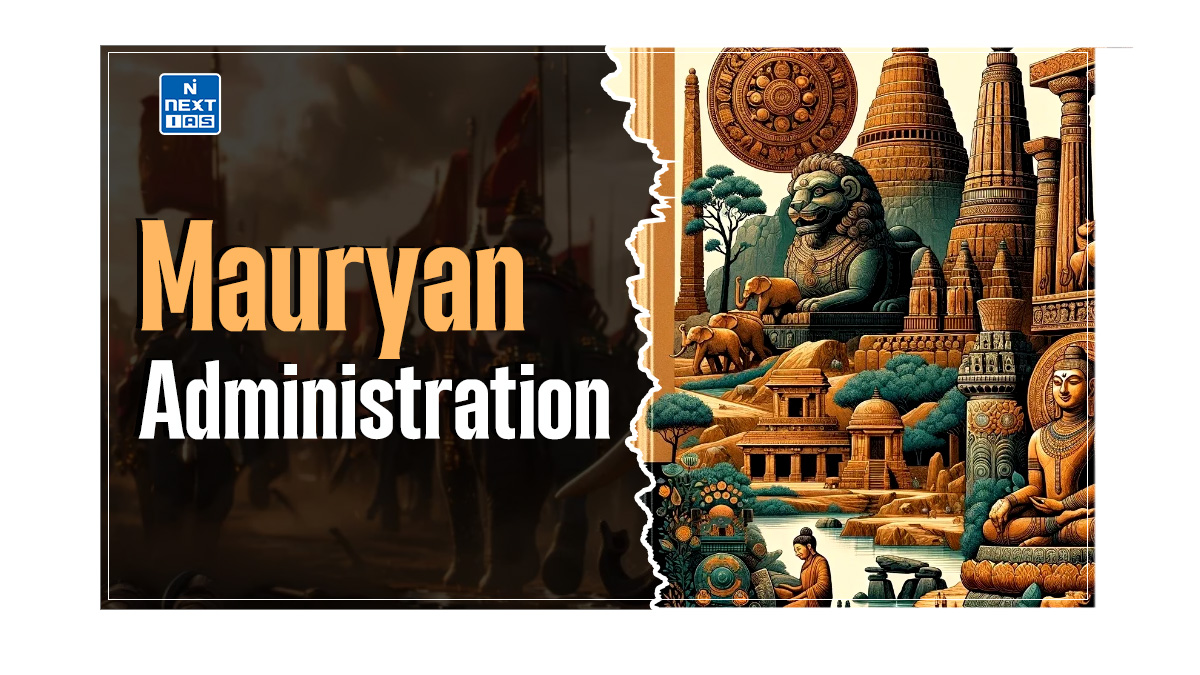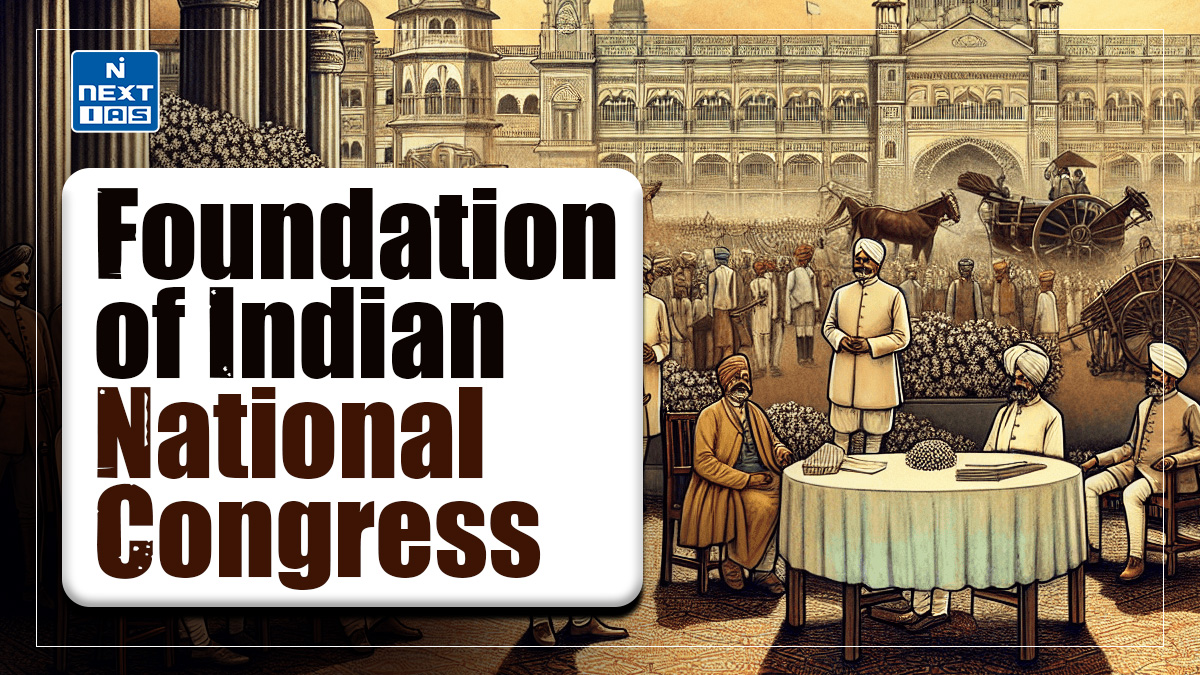
The Guild System in ancient India was a structured association of artisans and merchants managing trade and craftsmanship within specific regions. Its significance lies in its role in economic regulation, social support, political influence, and cultural development. This article explores the guild system’s origins, structure, functions, and significance, highlighting its profound impact on ancient Indian society.
What is Guild System?
- A guild is an association of artisans or merchants who oversee the practice of their craft in a particular area.
- In ancient India, the guild system (known as “Shreni” or “Gana”) was a significant socio-economic structure that organised various trades and crafts.
- These guilds were associations of artisans, merchants, and professionals who worked together to regulate their respective industries.
Origin of Guild System in Ancient India
The guild system in ancient India originates in early Indian history, evolving from various socio-economic structures and cultural practices. The brief overview of its origins can be seen as follows:
- Vedic Period: The concept of guilds can be traced back to the Vedic period (circa 1500–500 BCE) when trade and craft activities were organised more informally. References to artisans and craftsmen in Vedic texts hint at the existence of organised groups.
- Mauryan Period (circa 322–185 BCE): The Mauryan Empire saw the formalisation of the guild system.
- During this time, guilds became more structured, and their role in trade, craftsmanship, and administration was better defined.
- Texts such as Kautilya’s Arthashastra provide insights into guilds’ functioning and their importance in economic and administrative activities.
- Post Mauryan Period: The guild system continued to evolve, particularly during the Gupta Empire (circa 320–550 CE).
- In the Gupta Era, guild activities increased considerably, and guilds acquired significant autonomous power.
- Guilds were politically and economically influential, controlling trade in provinces and maintaining militias.
Types of Guild System in Ancient India
The types of Guild Systems in Ancient India can be seen as follows:
- Merchant Guilds: Merchant guilds in ancient India were organized associations of traders and craftsmen that played a crucial role in the country’s economic and social life.
- They facilitated trade, ensured quality control, and often held significant power within their local communities.
- These guilds were instrumental in managing trade practices, setting standards, and protecting the interests of their members, contributing to the prosperity and stability of the regions where they operated.
- Craft Guilds: Focused on crafts and trades such as weaving, metalwork, and pottery. They oversaw the production processes and quality of goods and trained artisans.
- Professional Guilds: These include groups such as physicians, scholars, and other professionals who adhere to specific codes of conduct and standards in their fields.
Functions of Guilds in Ancient India
The functions of the Guild System in Ancient India are as follows:
- Regulation of Trade Practices: Guilds set standards for trade practices, including pricing, quality, and conduct. They regulated market transactions and ensured fair competition. Guilds facilitated the functioning of craftsmen and traders, acting as nodal points of commercial activity.
- Quality Control: Guilds enforced quality standards for goods and services, ensuring that products met specific criteria before reaching the market.
- Market Control: Guilds controlled market activities, often managing trade routes, marketplaces, and even currency exchange to stabilise the economy. Guilds had a corporation that made laws governing them, with members electing advisers who functioned as guild functionaries.
- Providing Mutual Support: Guilds offered their members financial assistance and help during illness or funeral expenses.
- Welfare Services: They often provided housing, education for apprentices, and care for widows and orphans of members.
- Influence on Local Governance: Guilds often had a role in local governance, providing advice and influencing policy decisions affecting their trades or crafts.
- Policy Making: They drafted regulations that impacted their professions and trades, and their members might have been elected to local administrative positions.
- Internal Organization and Government Interaction: Guilds were almost autonomous in their internal organization, and the government respected their laws and structures.
Significance of Guild System in Ancient India
The significance of the Guild system in Ancient India can be seen as follows:
- Economic Regulation: Guilds played a crucial role in regulating trade practices, ensuring quality control, and stabilising markets.
- Their oversight helped maintain high standards and fair prices, contributing to economic stability.
- Social Support and Welfare: Guilds provided mutual support among members, offered welfare services, and facilitated social networks.
- They helped maintain social cohesion and offered a safety net for artisans and merchants.
- Political Influence: Guilds wielded considerable political influence by participating in local governance and policy-making.
- Their economic power often translated into political leverage, allowing them to affect decisions that impacted their trades and communities.
- Autonomy and Self-Governance: The guild system allowed for significant autonomy in internal affairs.
- Guilds operated with their regulations and structures, and the government respected their independent functioning, facilitating smooth and effective trade practices.
- Cultural and Industrial Development: Guilds contributed to their regions’ cultural and industrial development by promoting craftsmanship and technological advancements.
- Specialised guilds, such as those for silk weavers, fostered innovation and expertise in their respective fields.
Conclusion
The guild system in ancient India was essential for regulating trade, supporting members, and influencing local politics. It promoted economic stability, social cohesion, and cultural development while operating with significant autonomy. The guilds’ legacy underscores their crucial role in shaping and sustaining ancient Indian society.
Frequently Asked Questions (FAQs)
What is Guild system?
The guild system was an organised framework in which traders, artisans, or merchants formed associations to regulate their trade or craft.
How did the guild system work?
The guild system in ancient India organised tradespeople into regulated groups to standardise practices, ensure quality, and provide mutual support. Members followed set rules for production and pricing while benefiting from collective resources and training opportunities.






